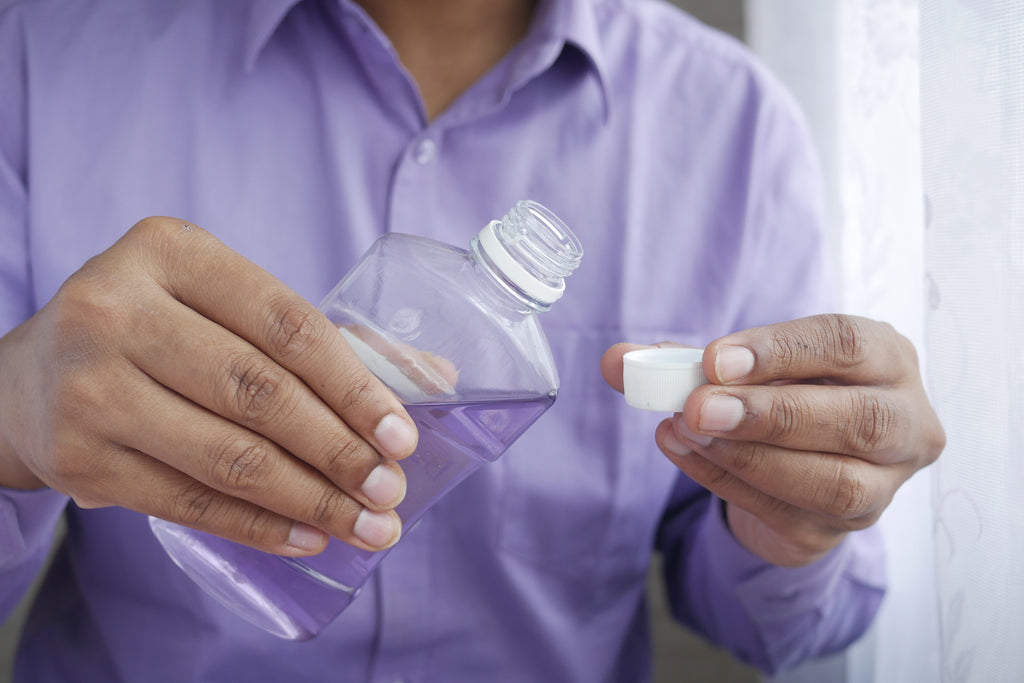
Spit It Out: The Rather Revolting History Of Mouthwash

If you want to keep your oral health in tip-top shape, you will no doubt be brushing your teeth thoroughly and also using items like floss. For further benefits and to keep the bugs away, using Corsodyl mouthwash daily is a great way to keep things clean and fresh.
For some, using mouthwash might be such a regular habit that you won’t think twice about it, including the question of where the idea of mouthwash came from.
An article by Frisco Mini Molars in the US indicated that this, like many forms of toothcare, has actually been around longer than you might think. There are references to it among the writings of the ancient Chinese, Greeks, Romans and Egyptians.
However, if that makes it sound like you may have been happy to hop in a time machine and sample their products, think again. The Romans used bottled Portuguese urine and the trade was so popular it was even taxed. The ammonia in the substance was believed to kill off bacteria and whiten teeth and it was still used in mouthwashes until the 18th century.
Other popular but gruesome ingredients have included tortoise blood, while some simply relied on water. But in the 18th century Anton van Leeuwenhoek, known as the “father of modern microbiology” for identifying oral bacteria, pioneered alcohol as a mouthwash.
Of course, using alcohol has its own issues; it’s not good for children, or those who are teetotal for religious reasons or to combat alcoholism. Alternatives such as the antiseptic Listerine were invented and these are a feature of most mouthwashes today.
Indeed, a mouthwash like Corsodyl, which was invented in 1975, uses a very modern antibacterial substance, chlorhexidine digluconate. It works by breaking down the cell walls of bacteria, as well as building a protective layer on gums and teeth that can prevent plaque from building up for 12 hours.
This modern use of a powerful active ingredient is certainly a far cry from the days of bottled urine and tortoise blood!

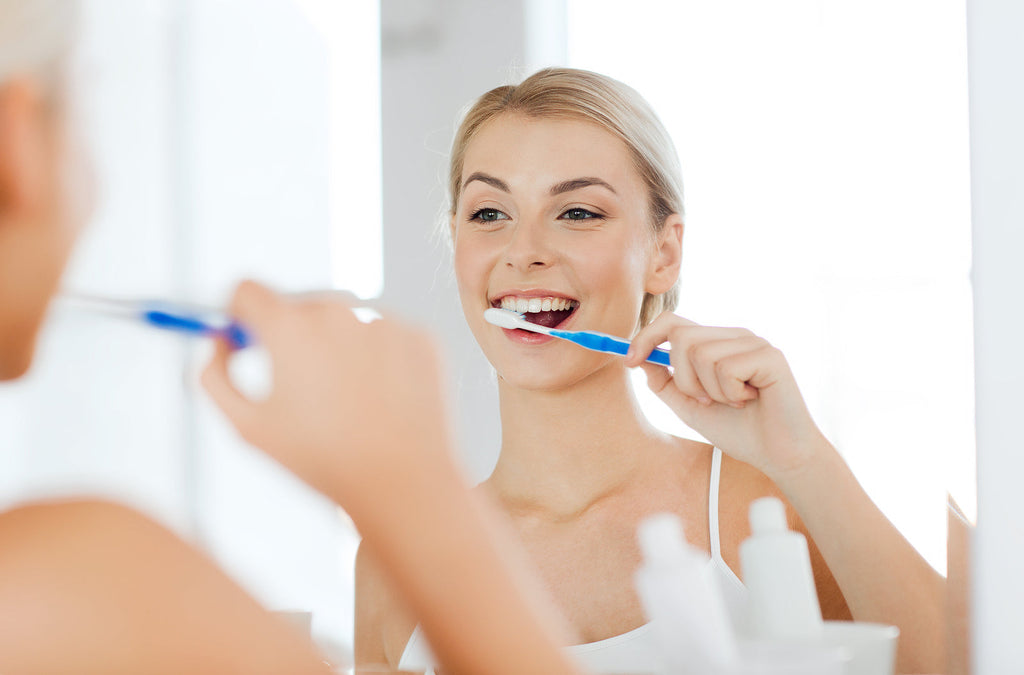
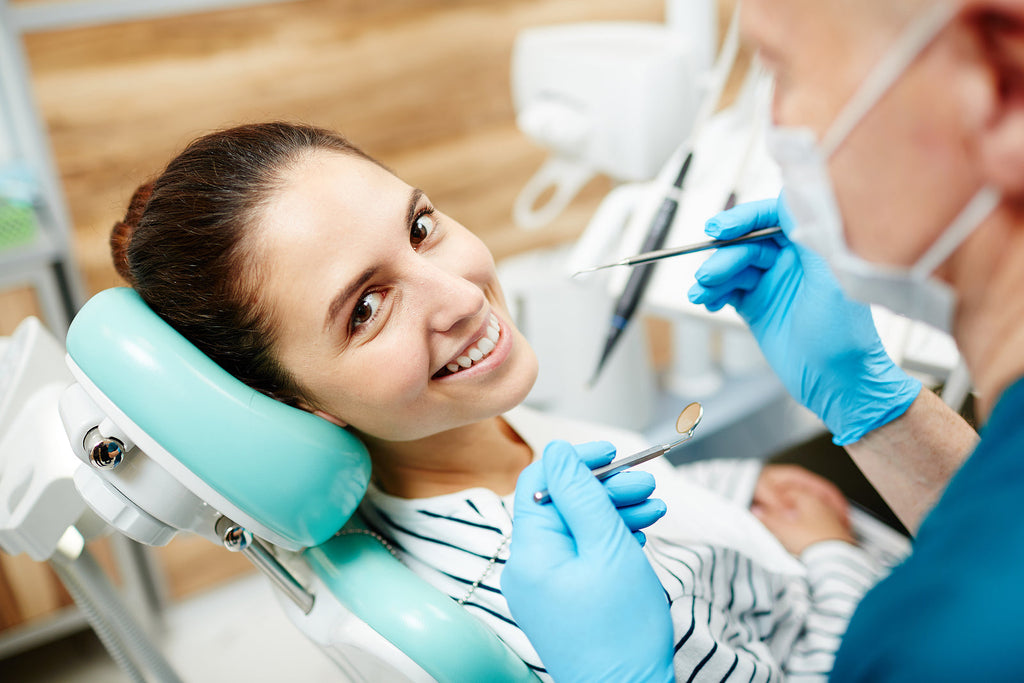
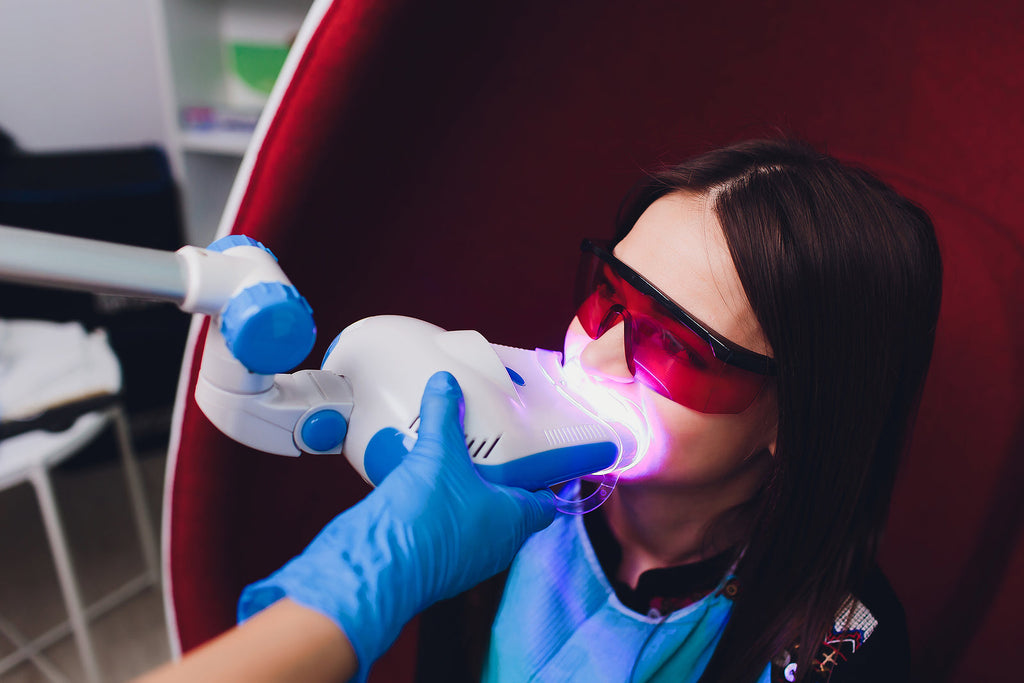
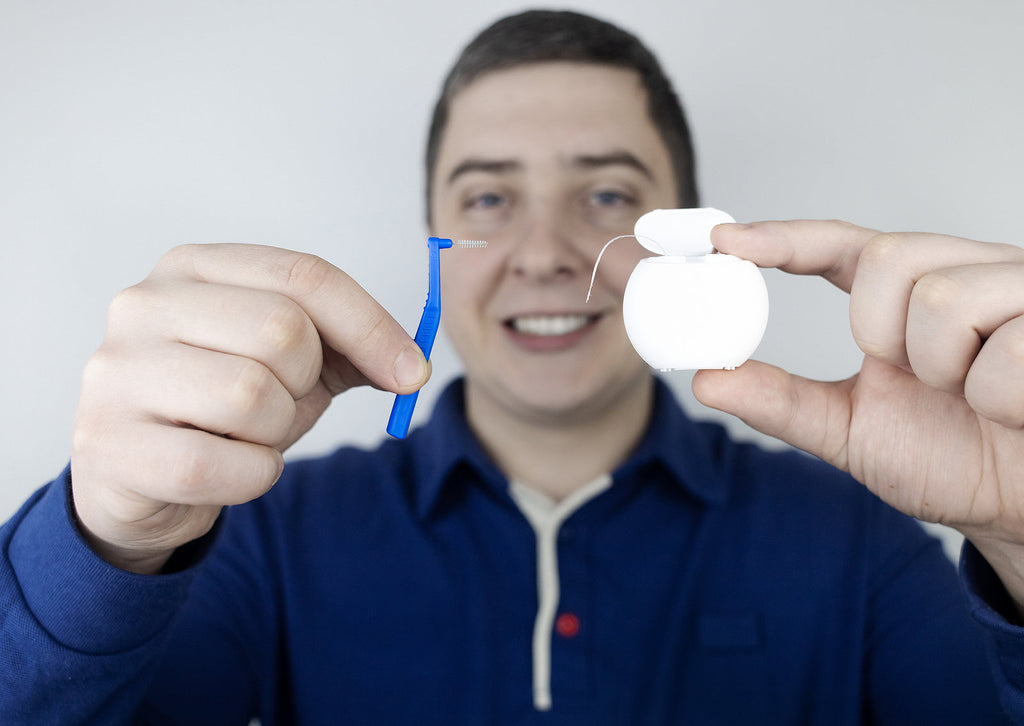

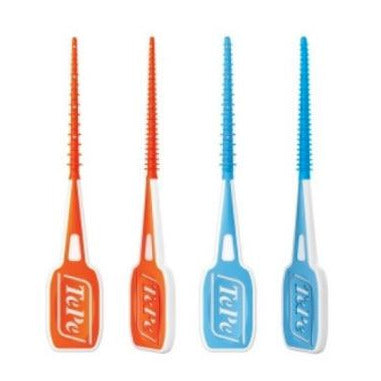
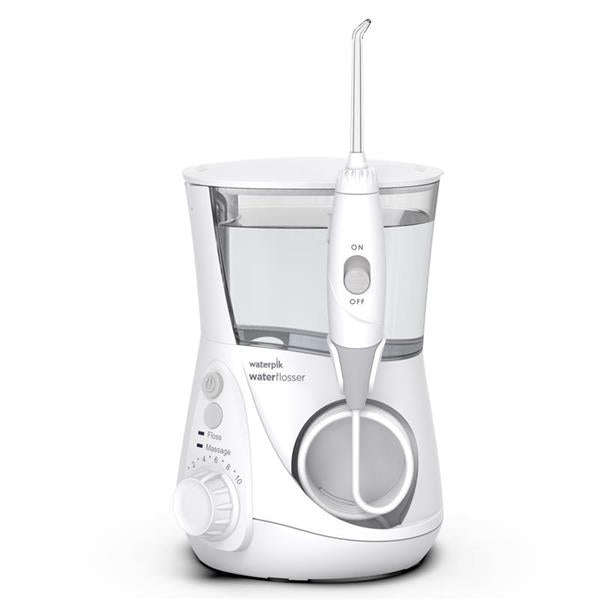
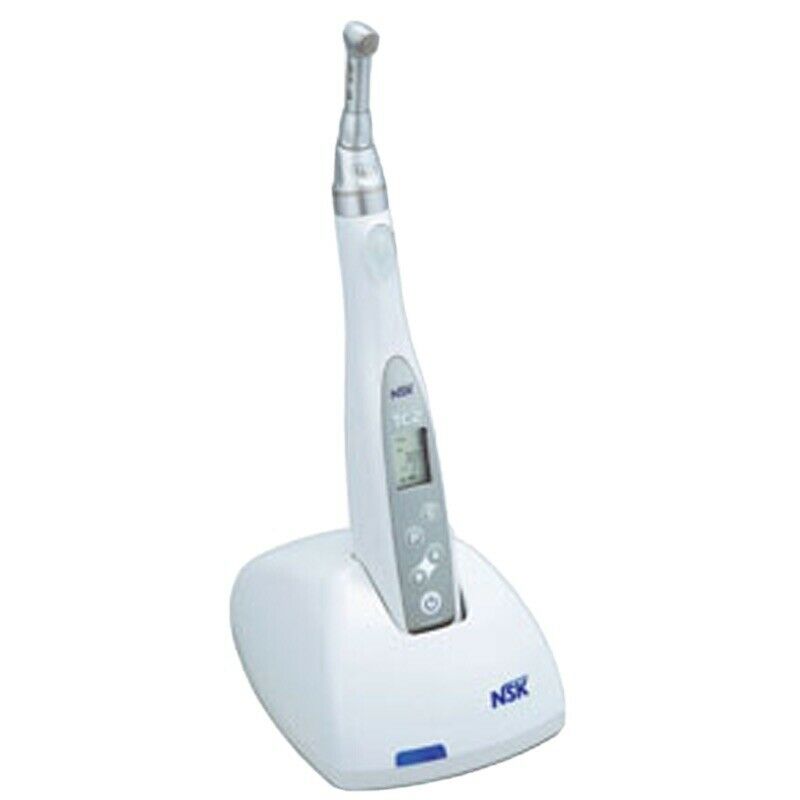

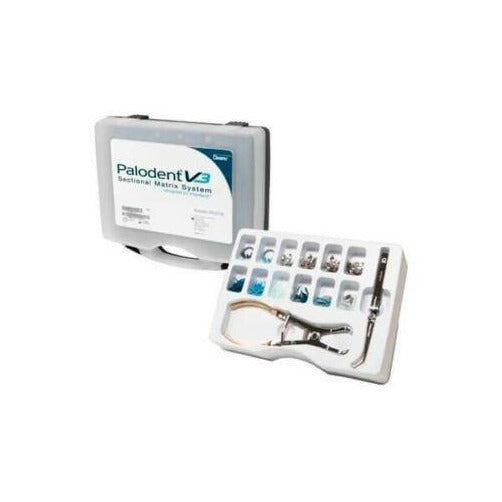
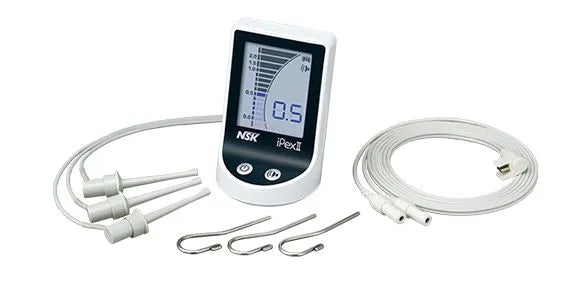
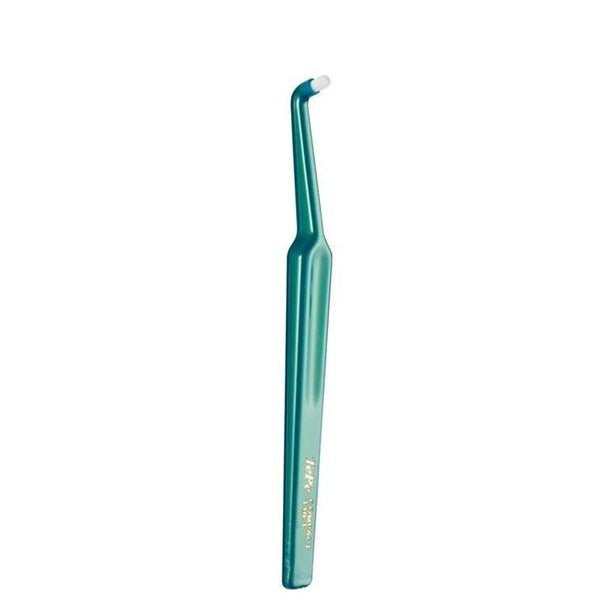
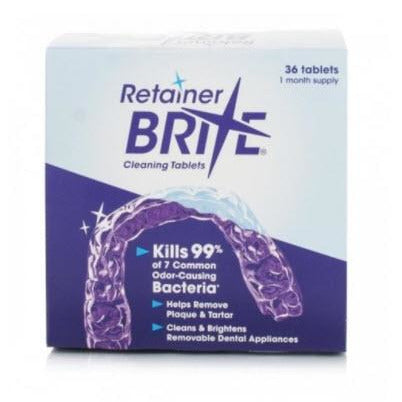

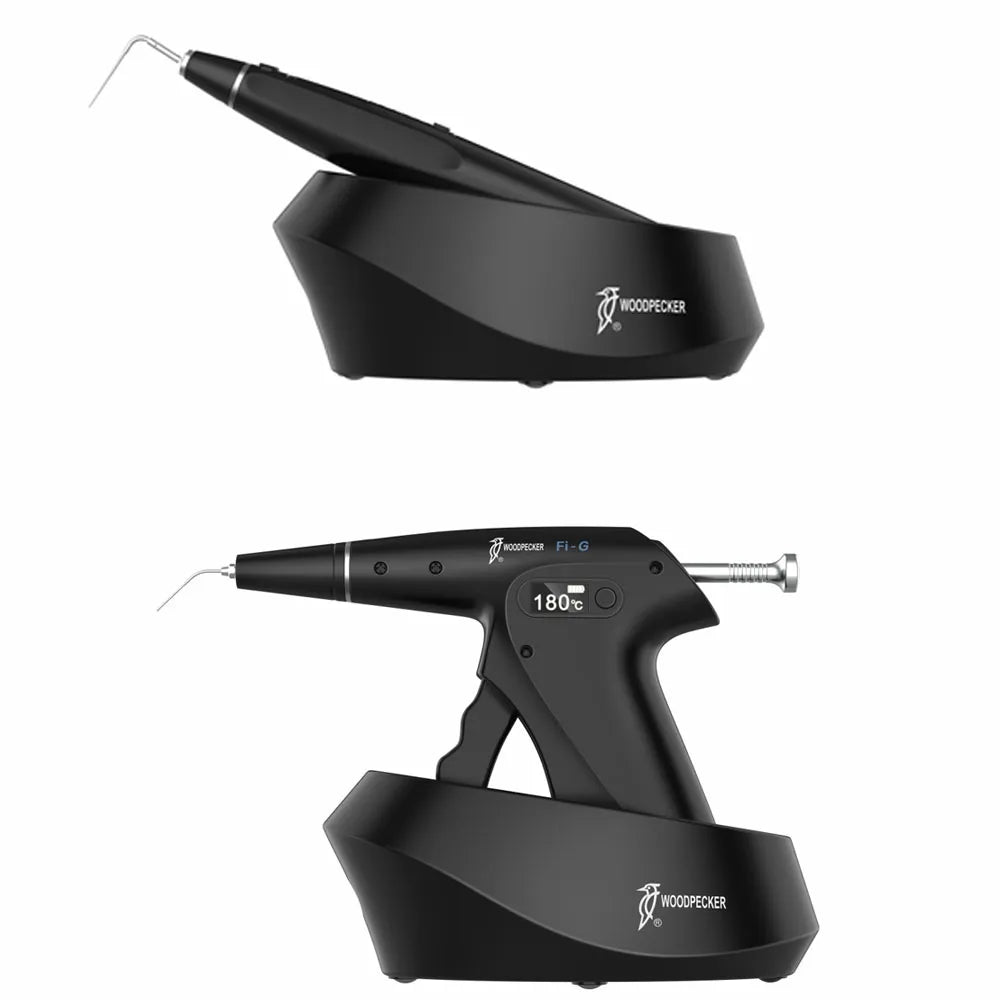
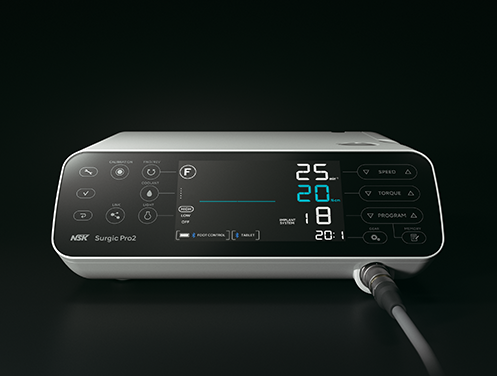
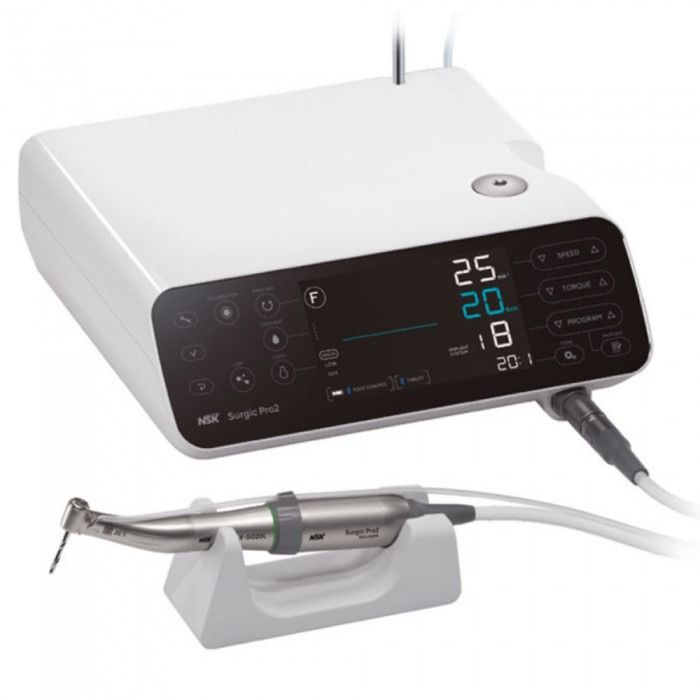






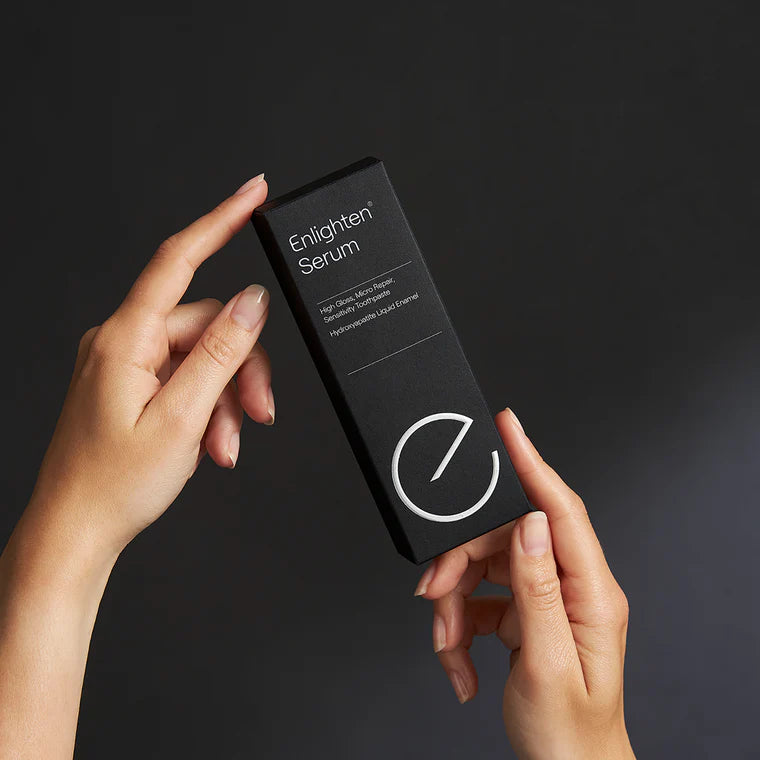
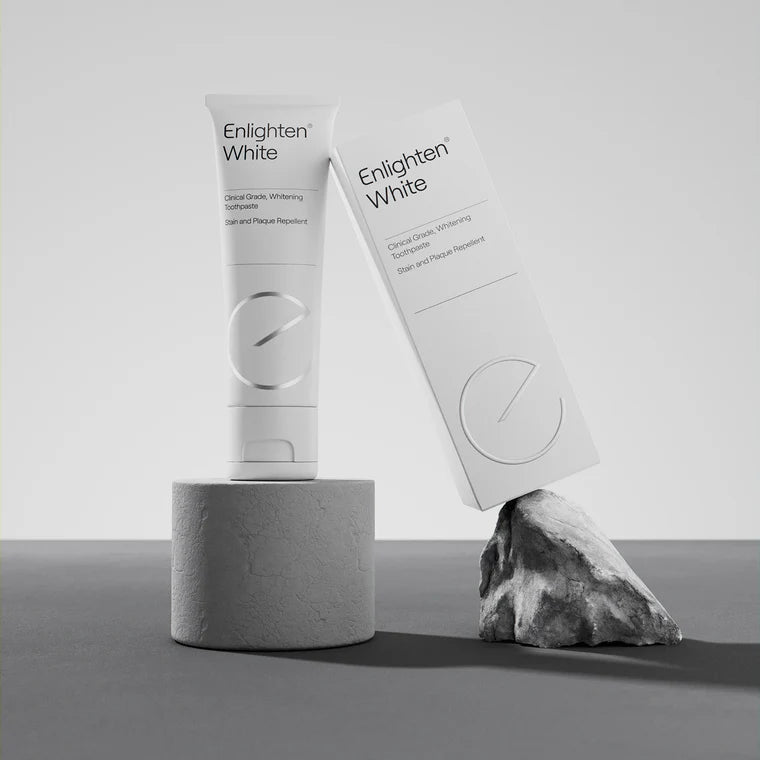
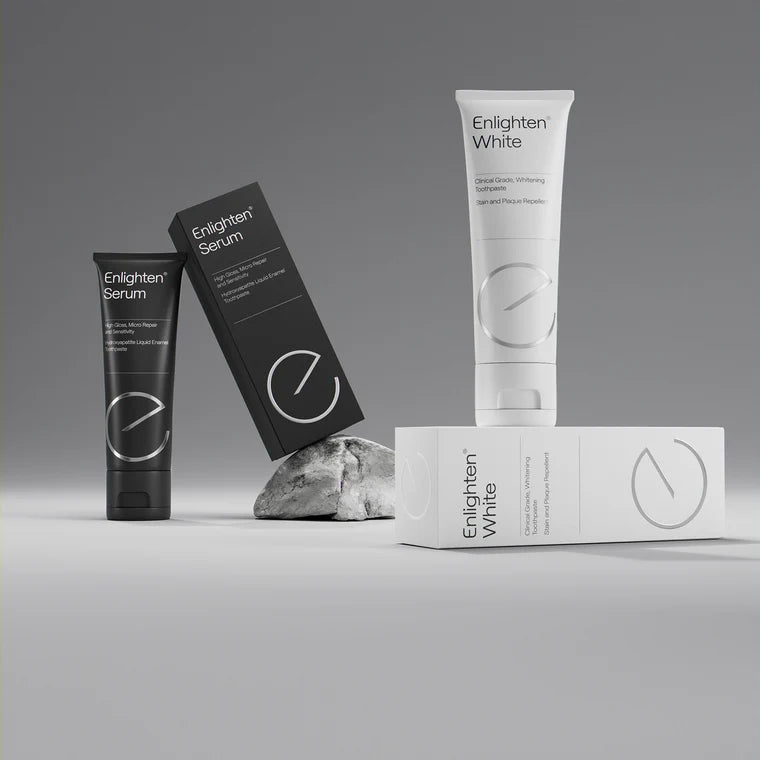
 Whatsapp us!
Whatsapp us!